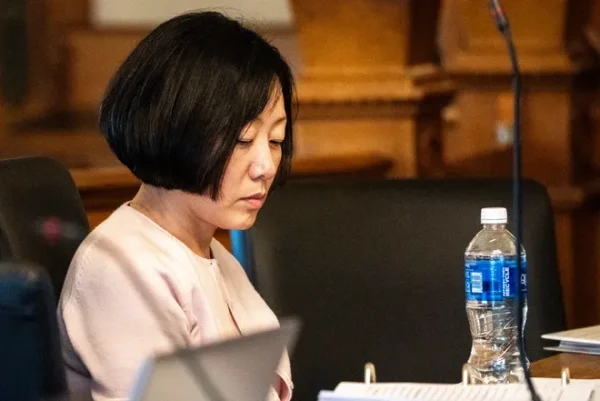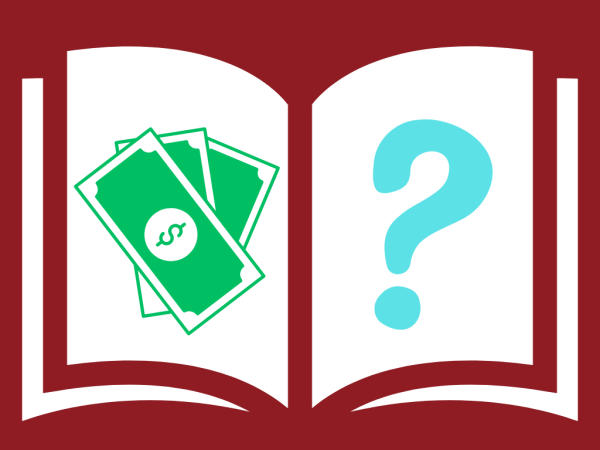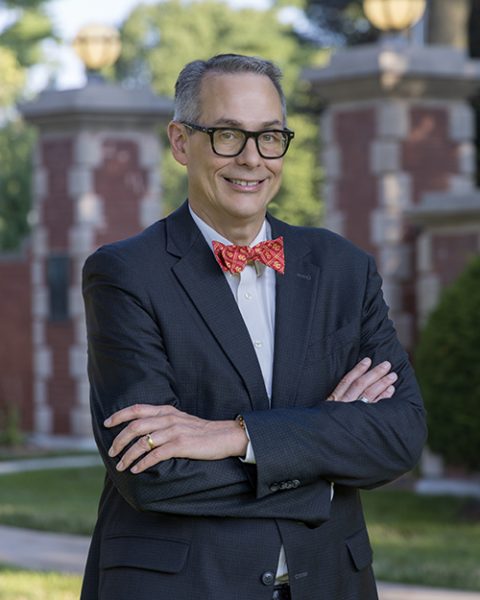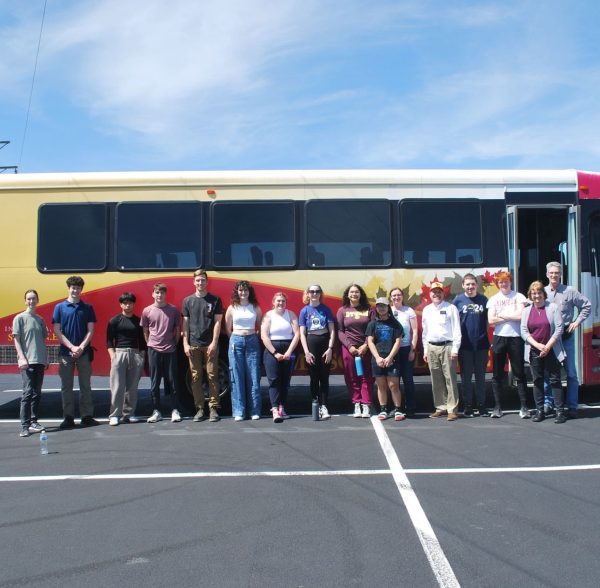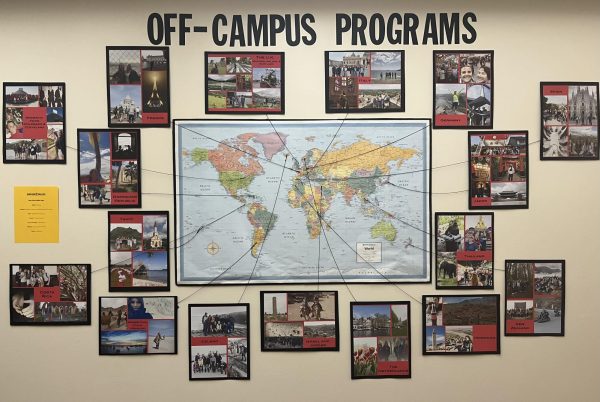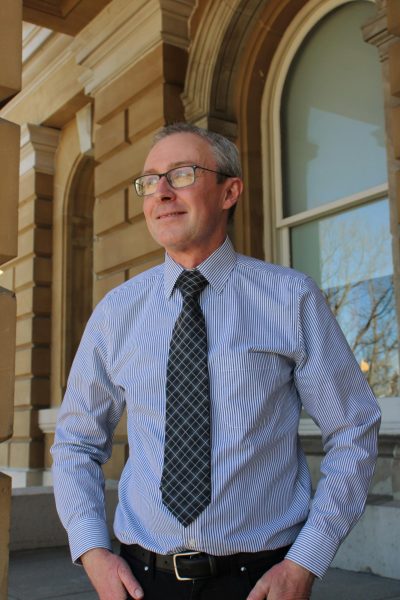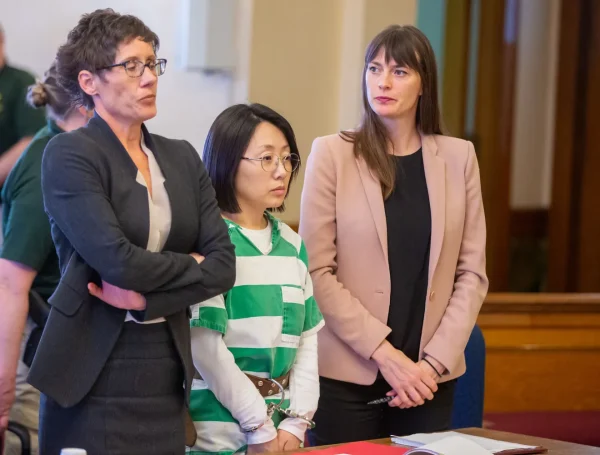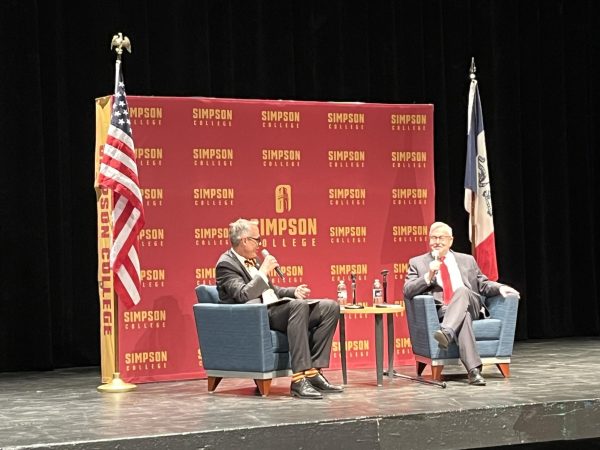Chance to open the door
October 14, 2014
Rainbows and a closet door represent a possibility for everyone on campus to ‘come out’ about anything they need to get off of their chest.
PRIDE created the door last year for National Coming-Out Day which is celebrated annually on Oct. 11. Everyone was able to participate in the activity and come out about anything they wanted to.
President of PRIDE Erica Barz explained, “People who pass by can take a marker and write on the back something they want to ‘come out’ about and then symbolically open the door. It’s a fun way to involve everyone in the spirit of National Coming-Out Day.”
Last year, PRIDE received positive comments and a lot of attention for the activity with the brightly colored door and the same can be said of this year.
“It was very popular; more popular than we initially expected. We got a lot of people who went through the door and people thought it was a lot of fun,” Barz said about last year’s turnout.
Another reason for the door is to create more awareness for the LGBTQIA (lesbian, gay, bisexual, transgender, queer, questioning, intersex, and asexual) community on campus. Part of the intent is to celebrate people coming out in a larger movement, but it is also to help the community become less abstract and more tangible.
Secretary of PRIDE Beth Schaefer said, “It definitely catches people’s attention. Even if they don’t pick up every message we’re putting out, they’re going to think about the rainbow colors.”
According to PRIDE’s informational form, people are starting to say it doesn’t matter to them if someone chooses to have a different sexuality or gender identity. However, to those who belong to the LGBTQIA community, coming out of the closet is still difficult.
“I think it’s a really great way for people to see what it’s like coming into the world and seeing it in a different way,” freshman Elaine Tilly said.
Celebrating National Coming-Out Day may give people bravery to say what they’ve wanted to say. Or, it may bring a sense of hope that one day acceptance of everyone will exist regardless of their sexuality or gender identity.
Coming in the same week as National Coming-Out Day was the Supreme Court’s decision to reject appeals to ban same-sex marriage from five states: Indiana, Oklahoma, Utah, Virginia and Wisconsin.
Barz believes it will have a positive impact in the near future, but is interested to see how it plays out in the future. She stated that the Supreme Court had the opportunity to make it legal nationwide and chose not to, but it does start to open doors in states where same-sex marriage had not been possible before.
After this ruling, the total number of states allowing same-sex marriage has gone up to 30. As of June 2013, only 16 states and Washington DC allowed same-sex marriage. The number has nearly doubled in the past year. 60 percent of the U.S. population will now live in states where same-sex marriage is legal.
“It opens up the door because five states it became legal almost right away and six more are going to because of this ruling,” Barz said.
Full acceptance of the LGBTQIA community is slowly creeping across the country, but they still have battles to fight and are using National Coming-Out Day to show recognition and support to those who need it.






